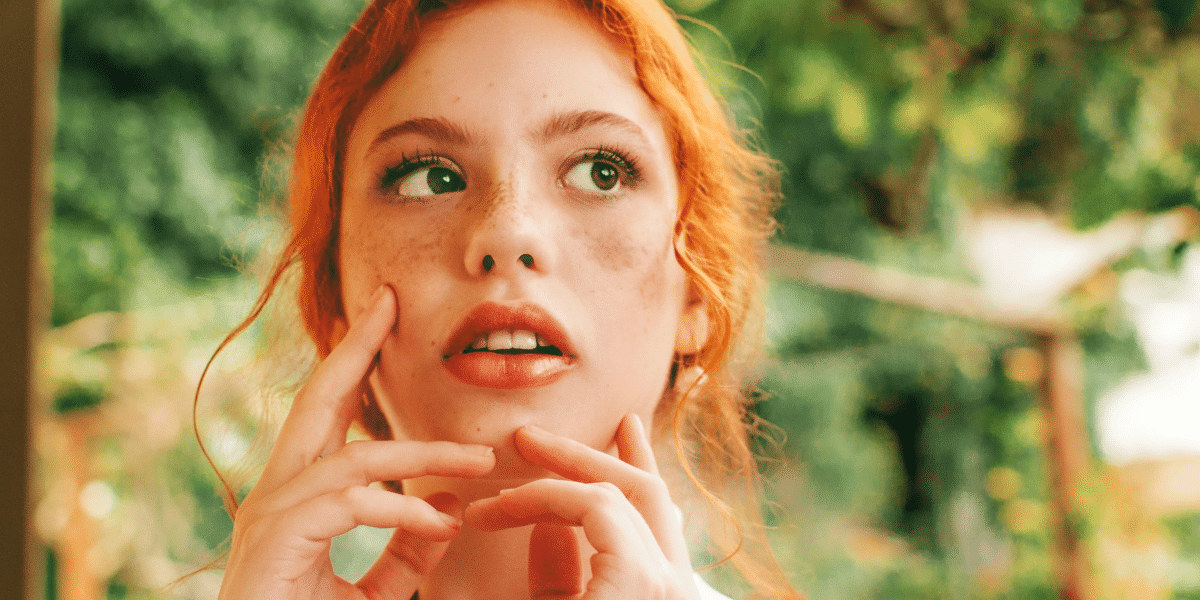Flowers in Painting: From Still Lifes to Abstract Expression
The tradition of depicting flowers in paintings has deep roots. Elaborate still lifes showcasing bountiful floral arrangements became popular during the Dutch Golden Age of the 17th century. These paintings often carried symbolism related to the fleeting nature of life and worldly pleasures. In the 19th century, the luminous landscapes and close-up studies of flowers by Impressionists elevated the artistic focus from meticulous detail to the play of light and color.
Modernist painters continued to find inspiration in floral forms. Georgia O’Keeffe’s magnified flower paintings, bordering on abstraction, capture a sensual essence and bring a new perspective to traditional floral subjects. Flowers remain a compelling subject for contemporary artists, inspiring works ranging from hyperrealism to interpretations exploring themes of fragility, growth, and decay.
The translation of floral motifs into textiles boasts a rich and varied history across cultures. From stylized blossoms adorning ancient Egyptian fabrics to the intricate floral patterns of William Morris within the Arts and Crafts Movement, flowers have consistently offered inspiration for textile designers. Floral patterns adorn not just clothing but also find expression in decorative arts, adorning ceramics, wallpaper, and numerous objects within the domestic sphere.
Sculpture and Beyond: Expanding Artistic Expression
Flowers’ influence extends far beyond two-dimensional representations. Sculptors have been drawn to the fluidity of floral forms, either directly replicating them in materials like bronze or interpreting them in a stylized and abstract manner. Innovative use of glass, ceramics, and even recycled materials allow contemporary artists to push the boundaries of floral representation in sculpture.
An unexpected avenue of floral inspiration can be found in music. Composers often seek to encapsulate the emotions or essence evoked by specific flowers in their works. This translates into pieces named after flowers, such as Debussy’s “Les Fleurs,” or more nuanced works that attempt to capture the emotional qualities associated with particular blooms. The ephemeral beauty of a flower has served as a metaphor for the fleeting nature of existence within music and the broader realm of artistic expression.
Flowers have a unique ability to trigger both sensory and emotional responses. Their vibrant colors, delicate textures, and occasional intoxicating scents leave powerful impressions on observers. Furthermore, rich layers of symbolism and cultural associations accrued over time add depth to their representation in art. “Whether depicted realistically or as the starting point for abstraction, flowers offer artists a rich wellspring of visual and conceptual inspiration,” suggests an art historian.
The timeless beauty of flowers assures that they will continue to captivate artists for generations to come. As new technologies and artistic movements emerge, it’s certain that flowers will find ever-evolving ways to blossom forth as dynamic subjects and potent inspiration across diverse artistic mediums.





